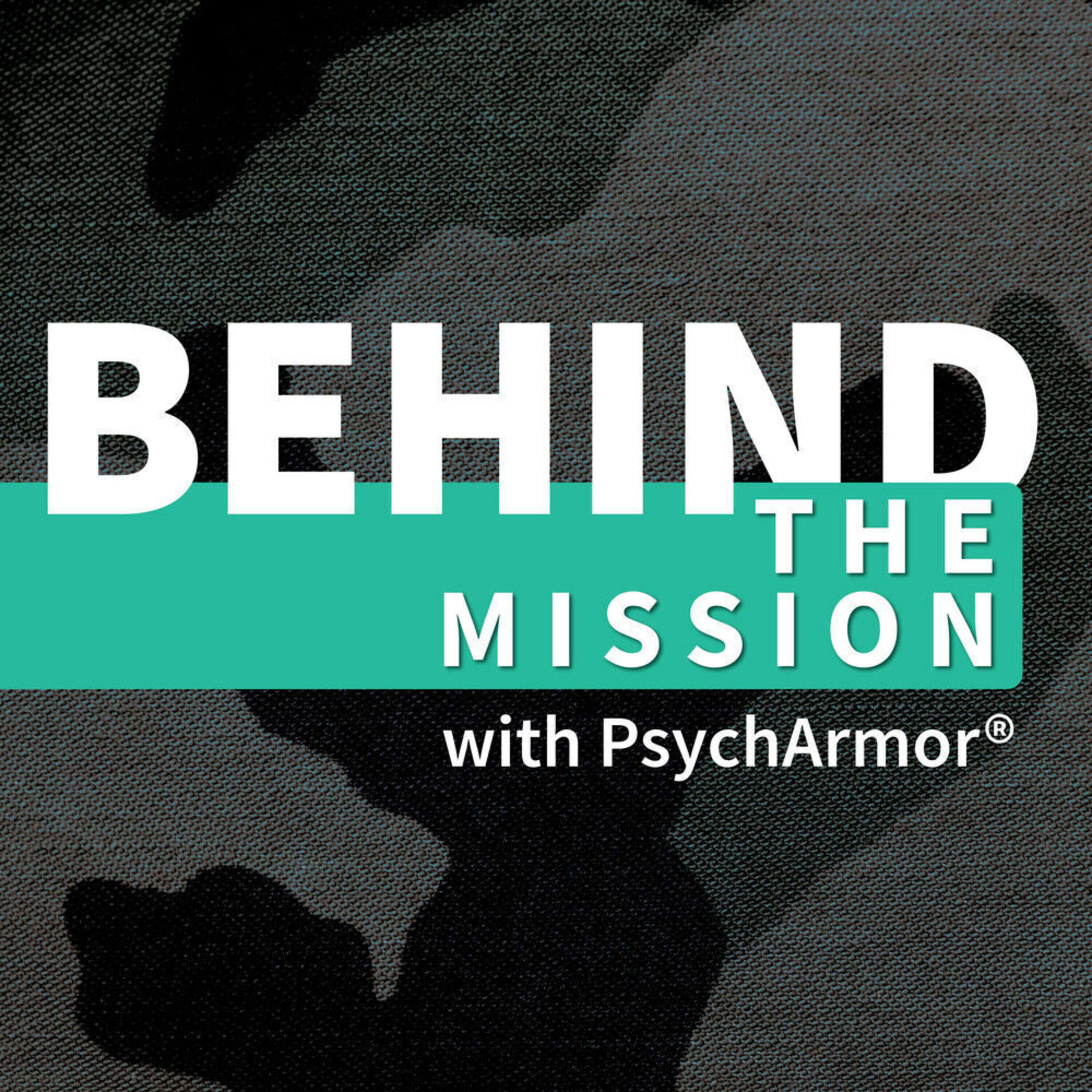- After-Shows
- Alternative
- Animals
- Animation
- Arts
- Astronomy
- Automotive
- Aviation
- Baseball
- Basketball
- Beauty
- Books
- Buddhism
- Business
- Careers
- Chemistry
- Christianity
- Climate
- Comedy
- Commentary
- Courses
- Crafts
- Cricket
- Cryptocurrency
- Culture
- Daily
- Design
- Documentary
- Drama
- Earth
- Education
- Entertainment
- Entrepreneurship
- Family
- Fantasy
- Fashion
- Fiction
- Film
- Fitness
- Food
- Football
- Games
- Garden
- Golf
- Government
- Health
- Hinduism
- History
- Hobbies
- Hockey
- Home
- How-To
- Improv
- Interviews
- Investing
- Islam
- Journals
- Judaism
- Kids
- Language
- Learning
- Leisure
- Life
- Management
- Manga
- Marketing
- Mathematics
- Medicine
- Mental
- Music
- Natural
- Nature
- News
- Non-Profit
- Nutrition
- Parenting
- Performing
- Personal
- Pets
- Philosophy
- Physics
- Places
- Politics
- Relationships
- Religion
- Reviews
- Role-Playing
- Rugby
- Running
- Science
- Self-Improvement
- Sexuality
- Soccer
- Social
- Society
- Spirituality
- Sports
- Stand-Up
- Stories
- Swimming
- TV
- Tabletop
- Technology
- Tennis
- Travel
- True Crime
- Episode-Games
- Visual
- Volleyball
- Weather
- Wilderness
- Wrestling
- Other
BTM131 - Keara Torkelson - WWP and Support for Women Veterans
Show Summary
On this episode, we feature a conversation with Army Veteran, wounded warrior and Peer Support Leader with the Wounded Warrior Project, Keara Torkelson, as we discuss her experience as a woman veteran and an advocate for wounded warriors in her community and women veterans nationwide. About Today’s GuestArmy Reserve veteran Keara Torkelson was getting ready to deploy to Iraq with her unit when a mass shooting at Fort Hood, Texas, on Nov. 5, 2009 turned her life upside down.Keara was shot in the back, and a bullet grazed her skull. While she was down, she saw the lights from the gunman’s laser sight and expected to be hit again. Instead, she got up and found a way out, narrowly escaping further injury and possible death.She lives with PTSD from that tragic day and wants to let other veterans know that no matter how they might have been injured, they are not alone.“Asking for help does not make you weak,” Keara said. “It makes you stronger.”When she found Wounded Warrior Project® (WWP), Keara asked for and received the help she needed. But she had to take small steps in her healing journey.Keara enlisted in the Army Reserve a few weeks after finishing high school. She knew she needed the discipline and was ready to serve her country. She was eager to get through the readiness process at Fort Hood and be on her way to Iraq with her unit.Keara never got the chance to deploy because of her injuries. But neither did she have much downtime to process what happened. She returned to active duty and remained in the reserve for another two years before medically retiring at age 23.“After the mass shooting, I had chronic headaches, and it was difficult for the doctors to figure out why,” Keara said. It took multiple visits to VA and private doctors to uncover and eventually remove metal fragments from her wounds. After retiring, Keara restarted her life with a healthier outlook.“I changed my lifestyle to remove things from my household and my diet that could be harmful, but having purpose in helping other veterans through Wounded Warrior Project is what really helped,” Keara said.She initially found WWP at a military event when she was still active duty and has been connecting with other veterans over the last 10 years.“In the beginning, Wounded Warrior Project helped by getting me out of the house and back with other veterans where I could experience the camaraderie I was missing,” Keara said.She remembers a WWP connection event at a shooting range. The stress of surviving the Fort Hood mass shooting was still raw.“I overcame my fear with the support of Wounded Warrior Project teammates and other veterans who were there that day and who offered their support,” Keara said.Through her personal growth and challenges of raising a young family, Keara continued seeking camaraderie with other veterans. She also made time to attend Project Odyssey®, a WWP mental health program that uses adventure-based learning to help warriors manage their invisible wounds and enhance resiliency.“The things I learned at Project Odyssey were really helpful,” Keara said. “I kept using all the tools I learned until I felt I was in a good place in my healing. Still, I find that helping others continues to help me.”To help other veterans, Keara volunteered as a peer mentor, and then she became a warrior leader — organizing connection events for other WWP warriors. Lately, she has been focusing her energy on virtual events that help women warriors get to know each other during fun activities.Through the Women Warriors Initiative Survey, WWP found that 80% of the respondents reported feelings of loneliness. At the same time, research shows that 43% of WWP virtual event participants are women warriors.Keara knows that post-traumatic stress can affect veterans of all backgroun

